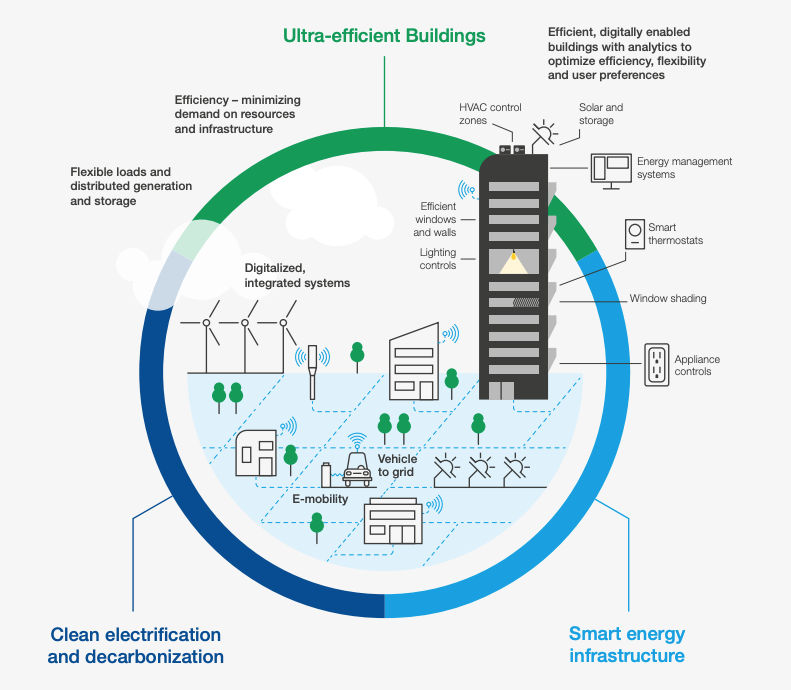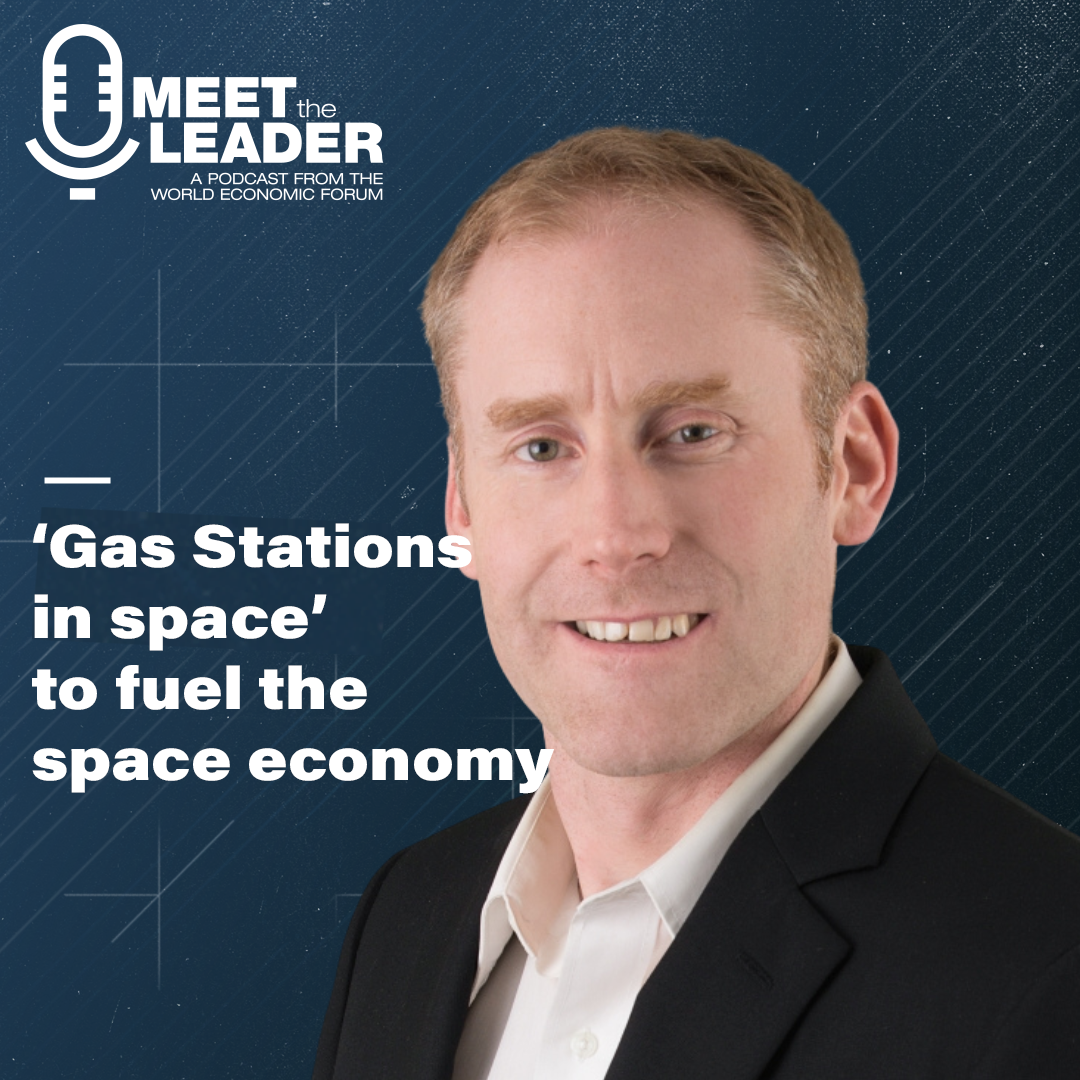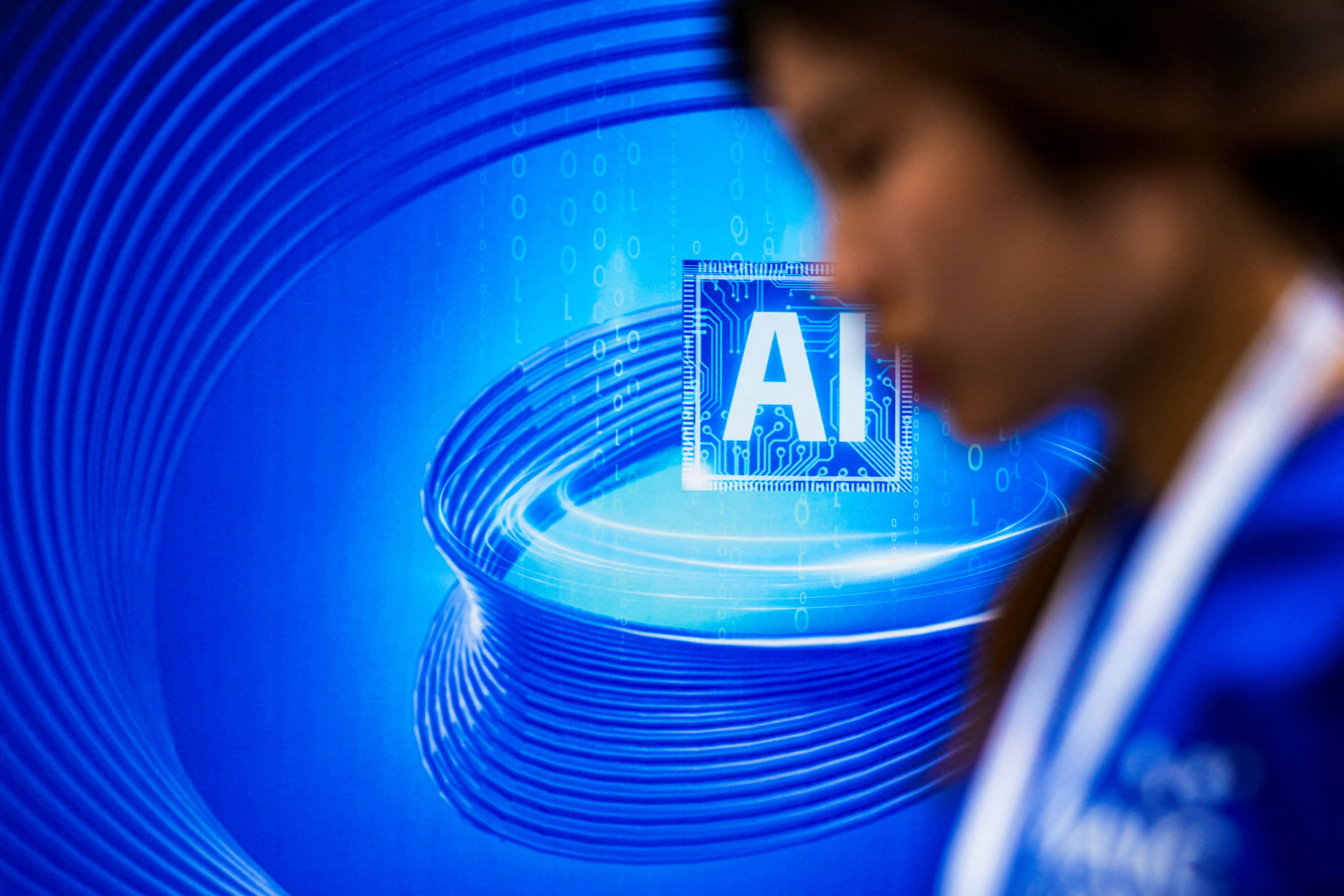These new technologies will accelerate the transition to net zero

From carbon capture and avoidance to alternative proteins, these are some key innovations that could become net-zero game changers. Image: WEF/iStockphoto
Listen to the article
- New technologies are key to achieving arguably one of the greatest challenges for humankind, the transition to net zero.
- As the World Economic Forum launches the 2023 cohort of Technology Pioneers, we asked selectees the following question:
- What are some of the innovations that could become game changers in achieving net zero?
The transition to net zero is arguably one of the greatest challenges for the world. This not only calls for an overhaul of the ways we produce, consume and move, but a fundamental transformation of nearly all major industries.
From various technologies such as carbon capture and alternative proteins, what are the key innovations that could become game changers in achieving net zero?
In this article, the new cohort of the World Economic Forum’s Technology Pioneers share their answers.
‘We use AI to lighten these loads’
Saif Hameed, Chief Executive Officer, Altruistiq
Carbon emissions measurement is notoriously cumbersome. Our analysis suggests 40% of a sustainability professional’s time is spent collecting and cleaning data. Only 1 in 20 of those asked were even 70% confident in the accuracy of their emissions calculations.
We use artificial intelligence (AI) to lighten these loads. Knowledge graphs define relationships between business activities and datasets, and natural language models speed up text processing and interrogation, enabling accurate analysis at granularity that would not be feasible through human effort alone. As emissions reduction strategies turn into operational plans and interventions compete with each other for priority, granular analysis combined with business context become important.
But using intelligent, self-learning systems to tackle these challenges brings risks, especially with ‘black box’ modelling approaches where underlying sources and biases are unclear. Can we trust these systems to make environmental trade-offs for us, weighing climate change against other complex challenges such as ocean plastic?
Mitigating these risks will require leaning into issues that already make us uncomfortable. More transparency. More unbundling of catch-all goals such as those presented by ESG ratings. For AI to help us make the world more sustainable, we need to start with a much better understanding of what we’re solving.
‘Innovation will be necessary to make DAC cost-effective and scalable’
Adrian Corless, Chief Executive Officer, Carbon Capture
Direct air capture (DAC) has emerged as a crucial solution for achieving a net-zero future, as highlighted by the IPCC's 2023 assessment report. DAC's significance lies in its ability to address challenging emission sources such as long-distance transport and heavy industry, while also addressing historical emissions. It's widely recognised as the benchmark for carbon removal methods, offering essential features such as full additionality, permanence, measurability and verifiability. Furthermore, DAC-derived CO2 holds promise as a climate-neutral feedstock, enabling the production of sustainable fuels, concrete, chemicals and other products. However, despite its advantages, DAC is currently expensive and limited in supply.
Significant innovation will be necessary to make DAC cost-effective and scalable to the gigaton+ capacity needed for climate relevance. Nonetheless, history has shown that substantial cost reductions can be achieved through "learning-by-doing", where cumulative experience leads to decreased unit costs. Solar power serves as a prime example, with the cost plummeting from $105/watt in 1975 to under $3/watt today.
We firmly believe that Joe Biden’s “earthshot” goal of reaching a cost of $100/ton of DAC CO2 is attainable. However, this requires rapid capacity expansion to create opportunities for human innovation and creativity to drive down costs. By embracing this challenge and not being timid about taking risks, we can unlock the transformative potential of DAC for a sustainable future.
‘Governments and investors should prioritize funding carbon avoidance technologies’
Leah Ellis, Chief Executive Officer, Sublime Systems
The most transformative clean technologies are carbon avoidance technologies that produce high-volume industrial commodities – electricity, cement, steel, ammonia and hydrogen – without requiring carbon capture and storage. Carbon avoidance technologies typically replace today's petroleum and combustion-driven systems with electric systems and use carbon-neutral feedstocks.
Carbon avoidance technologies are transformative because they decarbonize without the added capital expenditure, water, energy and land required for carbon capture plants, and without the logistical complexities of carbon sequestration. To use a metaphor, carbon capture is a mop for cleaning up greenhouse gas pollution, whereas carbon avoidance is a direct and permanent solution – one that pushes the frontier of technology while establishing a platform for generations of innovations and enhancements. Both carbon avoidance and carbon capture technologies are necessary and urgently needed, but governments and investors should prioritize funding avoidance technologies, which offer immediate pollution reduction while establishing the mainstream technology of the future. In a post-carbon world, our descendants, even a thousand years from now, will remember our lifetime as the pivotal era when their sustainable industry took root.
‘Efficient, scalable and quickly deployable… energy storage technologies are essential’
Claudio Spadacini, Chief Executive Officer, Energy Dome
Achieving net-zero emissions before 2050 is not just a mere target; it is a deadline that we cannot afford to postpone. Innovators and entrepreneurs are being asked to meet a very challenging task, because it is not anymore enough to have a good idea for an innovation to be truly valuable, it must also be quickly deployable and scalable globally.
Electrification of our energy production is the only way possible to create a sustainable society. The real game-changing innovations will be the ones that allow for a radical electrification of our energy production in time for the 2050 deadline. Fusion energy’s commercial viability is still a distant goal. Solar and wind power are already outperforming fossil fuel generation and are the best suited alternative to meet the decarbonization goals, but those alone won’t be enough. In order to ensure a continuous supply of renewable power, efficient, scalable and quickly deployable long-duration energy storage (LDES) technologies are essential.
At Energy Dome, we have embodied this approach and have invented and developed the CO2 Battery, a ready-to-go and globally scalable LDES technology available today. Other innovations will be key for achieving net-zero targets in sectors like energy efficiency, renewable fuels, direct air capture and storage. None of these innovations, though, can leave behind the most important variable, which is time to global deployment.
‘LDES is mandatory for an efficient grid to manage intermittent generation’
James Larsen, Chief Executive Officer, E-Zinc
Climate change has been inducing natural disasters, grid instability and public safety power shutdowns, leading to electricity price spikes. The Long Duration Energy Storage Council has found that when the electricity grid hits 60-70% renewables, LDES becomes mandatory for an efficient grid to manage intermittent generation. LDES will reduce curtailment, increasing the use of renewables and allowing for more consistent energy pricing and grid stability. LDES solutions are still in the R&D and pilot phase, but solutions such as e-Zinc are resilient, low-cost and safe – and can contribute to enabling a renewable future with both interday, multi-day and seasonal storage.
‘AI is a critical tool to adapt to the climate volatility we are locked into’
Himanshu Gupta, Chief Executive Officer, ClimateAI
The increasing expansion of AI can enhance the world’s ability to mitigate and adapt to the impacts of climate change. Its power lies in its ability to process large amounts of data, identify patterns and make predictions, which can optimize resource efficiency and support decision-making for emissions reduction strategies in pursuit of net zero. But equally important to mitigating emissions is adapting to the impacts of climate change that are already here, which AI can also help with. AI can enhance climate modelling capabilities that predict future climate conditions and help businesses, communities and policymakers take proactive measures to address climate-related risks and build resilience. AI algorithms can also assess risks associated with climate-related events such as floods, hurricanes and droughts by integrating data from multiple sources, including weather data, historical records and geographical information systems. As the world warms, AI is a critical tool to adapt to the climate volatility and extreme weather we are locked into, while also helping reduce emissions to keep the planet liveable.
‘Hardware development and policy innovations required to achieve net zero’
Douglas Bernauer, Chief Executive Officer, Radiant Nuclear
Energy use is roughly divided up into nearly equal blocks of residential, industrial and transportation sectors, with electric power generation being common to all those purposes. Hardware development and policy innovations are required to achieve net zero. Cost-conscious insulation and heat transport technologies can improve heating and cooling efficiency in homes. Combined heat and power at industrial facilities can be further adopted to reduce power draw. And in transportation, further electrification allows for hydro, wind, solar and nuclear to be added as clean power sources. Policy innovations allowing easier deployment of these technologies and enforcing efficiency can produce the culture shift downward in energy use per capita so it can meet the upward shift in deployed clean energy sources.
‘The future isn't about using less; it's about using more, but in a smarter way’
Lech Kaniuk, Chief Executive Officer, Sunroof International
The future of energy that I envision involves consuming more, but in a more sustainable manner. Instead of associating sustainability with reduced comfort, we should innovate in energy generation and management. This approach will also make high-energy-intensive solutions more beneficial for the environment and more viable. Imagine harnessing unutilized rooftops to generate clean power with integrated solar solutions.
What is the Forum doing to help cities to reach a net-zero carbon future?
These are made even more sustainable by using fewer materials and having a lower carbon footprint. Such solutions form the foundation of our future, maximizing energy efficiency, bringing energy production to the point of consumption, and reducing environmental impact. As the production of clean energy surges, effective management becomes crucial. This is where technologies like smart grids step in, enabling efficient energy distribution and use, balancing supply with demand, and paving the way for virtual power plants.
The advent of more clean energy can accelerate game-changing innovations such as carbon capture and regenerative agriculture. Although some of these are energy-intensive, their integration into a clean energy infrastructure could make them viable, sustainable solutions for our future. My passion lies in this vision where we increase energy consumption but do so cleanly and sustainably. The future isn't about using less; it's about using more, but in a smarter way.
‘Transforming this food system using alternative proteins’
Sandhya Sriram, Group CEO, Chairman and Co-founder, Shiok Meats
A third of the greenhouse gas (GHG) emissions (man-made) come from the global food systems. One of the most significant innovations that can help achieve net zero is transforming this food system using alternative proteins – especially cultivated meat. While the industry is still in its early stages of scalability, cost-effectiveness and impact, by reducing land, water and energy use, protecting biodiversity, and overall reducing GHG emissions compared to traditional meat, it can have far-reaching benefits for the ecosystem. There is also a huge potential to integrate this technology with renewable sources of energy and further accelerate the impact. Today 100+ companies are operating in this sector across the world. With the proper support and resources, it can indeed be game-changing.
Contents
‘We use AI to lighten these loads’ ‘Innovation will be necessary to make DAC cost-effective and scalable’‘Governments and investors should prioritize funding carbon avoidance technologies’‘Efficient, scalable and quickly deployable… energy storage technologies are essential’‘LDES is mandatory for an efficient grid to manage intermittent generation’‘AI is a critical tool to adapt to the climate volatility we are locked into’‘Hardware development and policy innovations required to achieve net zero’‘The future isn't about using less; it's about using more, but in a smarter way’‘Transforming this food system using alternative proteins’More on Emerging TechnologiesSee all
Dr Gideon Lapidoth and Madeleine North
November 17, 2025






